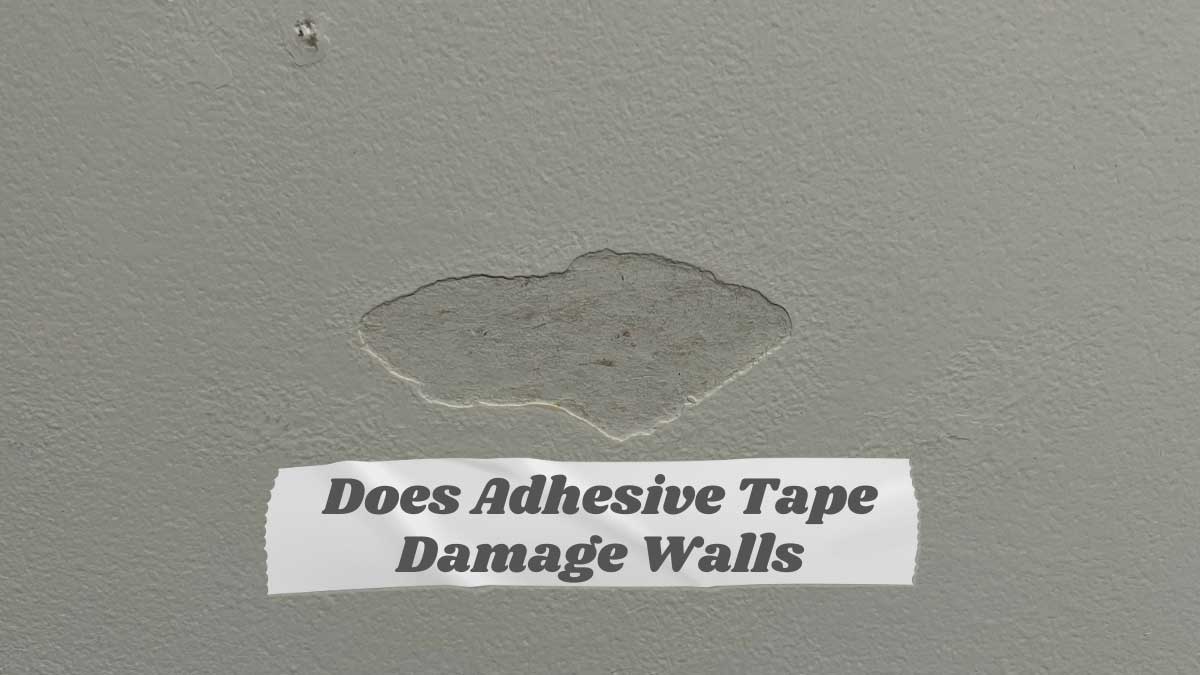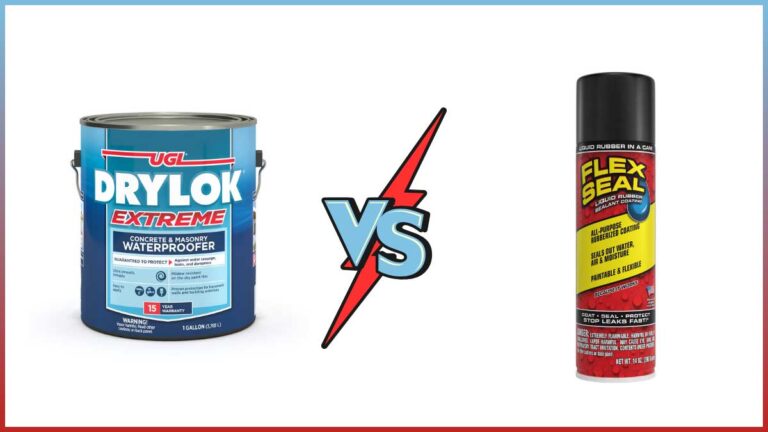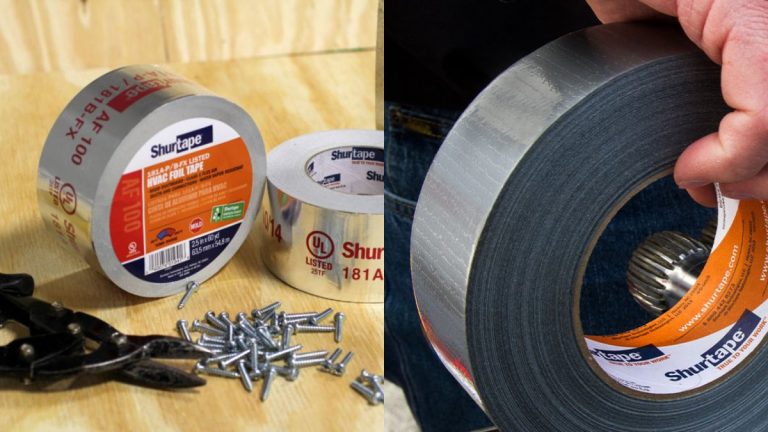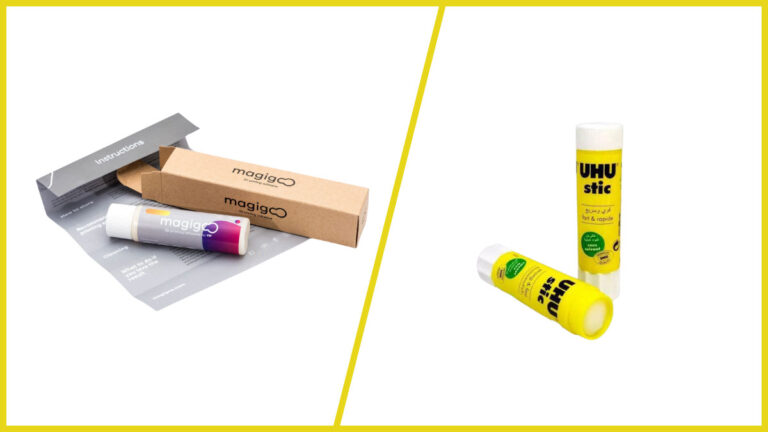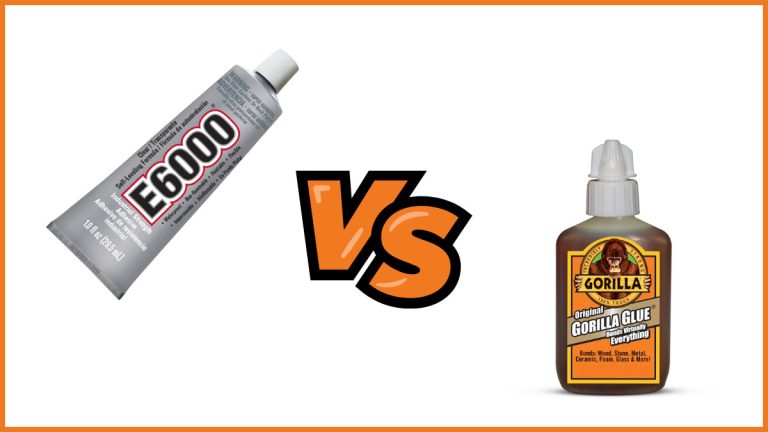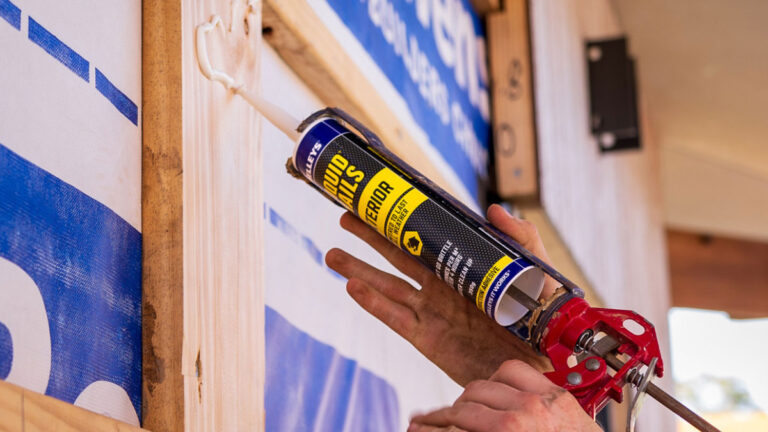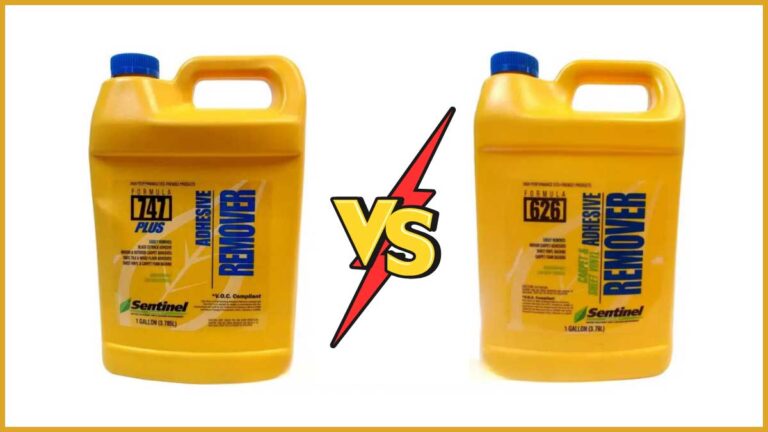Does Adhesive Tape Damage Walls? Tips to Prevent Wall Harm
Ever wondered if using adhesive tape on your walls might lead to unexpected damage? Whether you’re hanging up posters, decorations, or organizing cables, adhesive tape can be a quick fix. But before you start sticking things up, it’s important to know how different types of tape interact with various wall surfaces.
Understanding the potential risks can save you from unsightly marks and costly repairs. In this text, you’ll learn about the factors that determine whether adhesive tape will harm your walls and how you can minimize any potential damage. Let’s immerse and find out how to keep your walls looking pristine while still making full use of adhesive tape.
Key Takeaways
- Understanding Adhesive Tapes: Different types of adhesive tapes, such as poster tape, masking tape, Scotch tape, painter’s tape, double-sided tape, Command strips, and wall-safe tapes, have unique impacts on walls. Selecting the right tape is crucial to avoid wall damage.
- Common Uses and Potential Damage: Adhesive tapes serve various purposes like decorating, painting, and organizing. Each tape type has particular applications and damage potentials, ranging from lifting paint to leaving residue.
- Effects on Paint and Wall Materials: Tape can peel paint, tear wallpaper, or leave sticky residues depending on the type of tape, wall material (painted walls, wallpaper, unfinished walls), and duration of application.
- Safe Usage Practices: To minimize wall damage, choose the appropriate tape for your task, ensure the wall surface is clean and dry before application, and follow proper techniques such as using heat for removal and peeling slowly.
- Effective Removal Techniques: Removing adhesive tape without damaging walls involves using tools like a hair dryer for heat application and a plastic scraper or old credit card to lift edges. Clean any adhesive residue with rubbing alcohol or adhesive remover.
Understanding Adhesive Tapes
Adhesive tapes vary in composition and usage, which influences their impact on wall surfaces. Knowing these differences helps you choose the right tape and avoid potential wall damage.
Types of Adhesive Tapes
Understanding different types of adhesive tapes is essential for making informed choices. Each type has unique characteristics and potential impacts on walls.
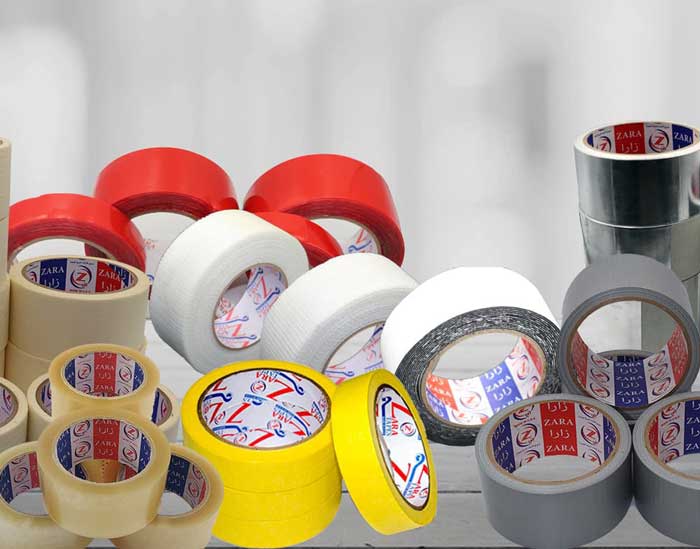
Poster, Masking, and Scotch Tape:
- Poster Tape: Used for lightweight attachments like posters. This tape can lift or peel paint if left too long.
- Masking Tape: Often used in painting projects. Removal might cause paint damage if not done promptly.
- Scotch Tape: Common for general use. It can still damage paint due to its adhesive strength.
Painter’s Tape:
- Designed for clean paint lines.
- Can damage flat or inexpensive paint if left on walls too long.
Double-Sided Tape:
- Good for mounting but difficult to remove.
- Might leave residue or peel paint.
Command Strips and Wall-Safe Tapes:
- Command Strips: Engineered for easy removal with minimal wall damage.
- Wall-Safe Tape: Gentle on walls but requires careful removal to avoid marking.
Common Uses
Adhesive tapes serve numerous purposes. Knowing their applications helps you select the proper tape.
Home Decor:
- Hanging posters, artwork, and lightweight decor.
- Use less aggressive tapes like poster or wall-safe tape to avoid damage.
Painting Projects:
- Delineating areas or protecting trims.
- Painter’s and masking tapes are ideal but must be removed soon after use.
Mounting and Organizing:
- Securing cables or lightweight items.
- Double-sided tapes and command strips are effective but should be tested on wall patches first.
| Type of Tape | Common Use | Damage Potential | Removal Tip |
|---|---|---|---|
| Poster Tape | Hanging posters | Paint lift possible | Remove within a few months |
| Masking Tape | Painting projects | Can peel paint | Remove shortly after painting |
| Scotch Tape | General purpose | Can peel paint | Test on small area first |
| Painter’s Tape | Clean paint lines | Can damage paint | Remove promptly after painting |
| Double-Sided Tape | Mounting | High residue/peeling | Heat with hairdryer before removal |
| Command Strips | Mounting decor, organizing | Minimal damage | Follow strip removal instructions |
| Wall-Safe Tape | Hanging lightweight items | Minimal damage | Remove slowly and gently |
Knowing adhesive tape types, uses, and potential damage helps you make informed decisions to keep your walls in good shape. Always test tapes on an inconspicuous area first to gauge their impact.
Effects Of Adhesive Tape On Walls
Using adhesive tape on walls can lead to various forms of damage, impacting both paint and the material of the walls themselves. Whether you’re hanging a poster or organizing cables, understanding the potential effects can help prevent damage and keep your walls in good condition.
Potential Damage To Paint
Adhesive tapes can affect paint in different ways, largely depending on the type of tape and application.
- Double-Sided Tape: This tape often causes noticeable harm. It can peel the paint off when removed, particularly on newly painted surfaces.
- Painter’s Tape: Designed for safe removal, but if left for long periods, it can damage paint, especially on flat or low-quality paint jobs.
- Specialized Tapes: Tapes like Scotch Wall-Safe Tape aim to minimize damage. Yet, improper application or removal can still cause peeling.
Impact On Different Wall Materials
The material of the wall also plays a significant role in how adhesive tape impacts it.
- Painted Walls: Most susceptible to damage. Paint can peel or lift off during tape removal.
- Wallpapered Walls: Likely to tear or become discolored if adhesive tape is applied and removed.
- Unfinished Walls: Adhesive residues can stick more firmly, causing surface damage or leaving sticky marks.
Short-Term vs Long-Term Effects
The duration that adhesive tape remains on the wall also influences the extent of potential damage.
- Short-Term Use: Short applications generally pose less risk. Immediate removal reduces the likelihood of paint peeling or residue build-up.
- Long-Term Use: Prolonged adhesion increases the chance of surface damage. Over time, the adhesive bond strengthens, raising the risk of peeling paint or leaving residue.
| Tape Type | Common Use | Damage Potential | Removal Tips |
|---|---|---|---|
| Double-Sided Tape | Mounting, organizing | High | Peel slowly and use a putty knife for support |
| Painter’s Tape | Painting projects | Medium to High | Remove at a 45-degree angle to limit peeling |
| Specialized Tapes | Safe mounting | Low to Medium | Ensure surface is clean, remove gently |
Understanding these factors helps you choose the right tape for specific tasks and apply or remove it properly to minimize wall damage.
Safe Usage Practices
Adhesive tape can be useful and convenient, but it also poses a risk to your walls if not used properly. By following safe usage practices, you can minimize the potential for damage.
Choosing The Right Tape For The Job
Selecting the correct adhesive tape is crucial to protect your walls. Different tapes serve various purposes and have unique characteristics.
Specialized Tapes
- Scotch Wall-Safe Tape: Designed to be gentle on walls, it works well for posters and light decorations.
- Painter’s Tape: Ideal for painting projects, it peels off easily without leaving residue if removed promptly.
- Command Strips: Suitable for heavier items like picture frames, they can be removed cleanly, provided instructions are followed.
Application Techniques To Minimize Damage
Applying tape correctly can significantly reduce the risk of damage.
Clean the Wall Surface
Ensure the wall is clean and dry. Use water and a paper towel or soft cloth to eliminate any dust or grime. Let it dry completely.
Avoid Damaged Paint
Do not apply tape on walls with peeling paint. This could further worsen the existing paint condition.
Use Heat for Removal
When removing the tape, apply low heat using a hair dryer or heat gun to soften the adhesive. This eases removal and reduces the risk of peeling paint.
Gentle Removal
Peel the tape off slowly and at a shallow angle. Stop immediately if you notice any paint lifting.
| Tape Type | Common Use | Damage Potential | Removal Tips |
|---|---|---|---|
| Scotch Wall-Safe | Posters, decoration | Low | Peel slowly at a shallow angle |
| Painter’s Tape | Painting projects | Low | Remove promptly, use low heat if needed |
| Command Strips | Heavy items | Variable | Follow removal instructions carefully |
Employ these safe usage practices to ensure your walls remain intact while still being able to take advantage of adhesive tapes effectively.
Removal Techniques
Step-By-Step Guide To Removing Adhesive Tape Safely
To remove adhesive tape without damaging your walls, follow these step-by-step instructions carefully. Each step ensures safety and minimizes the risk of paint peeling or wall damage.
1. Gather Tools:
- Hair dryer or heat gun
- Plastic scraper or old credit card
- Rubbing alcohol or adhesive remover
- Soft cloth
2. Apply Heat:
- Use a hair dryer or heat gun on low heat to gently warm the tape. Keep the heat at a distance of about 6-8 inches from the surface. This softens the adhesive, making it easier to peel off.
3. Lift the Edges:
- Gently lift one corner of the tape using a plastic scraper or the edge of an old credit card. Be careful not to scratch the wall surface. Start at one end and slowly work your way along the tape’s edge.
4. Peel Slowly:
- Pull the tape back over itself at a 45-degree angle, peeling it off slowly. This reduces tension on the paint and prevents sudden jerks that can cause damage.
5. Clean Residue:
- If adhesive residue remains on the wall, apply a small amount of rubbing alcohol or adhesive remover to a soft cloth. Gently rub the area until the residue is gone. Avoid using excessive force to prevent damage to the paint.
Tools And Products To Use
Using the right tools and products enhances the effectiveness of the tape removal process. Here are some recommended items:
Heat Application:
- Hair Dryer: Provides controlled heat to soften adhesive. Examples: Conair 1875 Watt Hair Dryer.
- Heat Gun: Offers more precise heat application. Examples: Wagner Spraytech HT1000.
Scraping Tools:
- Plastic Scraper: Safely lifts tape edges without scratching walls. Examples: Bondo 3M Plastic Spreaders.
- Old Credit Card: Offers a stiff, non-abrasive edge for gentle peeling.
Adhesive Removal:
- Rubbing Alcohol: Dissolves adhesive residue without damaging paint. Examples: Isopropyl Alcohol 70%.
- Adhesive Remover: Targets tough residues. Examples: Goo Gone Original Liquid.
Cleaning Cloths:
- Soft Cloth: Ensures gentle cleaning of walls. Examples: SimpleHouseware Microfiber Cleaning Cloth.
| Tool/Product Type | Example Product | Purpose |
|---|---|---|
| Hair Dryer | Conair 1875 Watt Hair Dryer | Apply controlled heat |
| Heat Gun | Wagner Spraytech HT1000 | Precise heat application |
| Plastic Scraper | Bondo 3M Plastic Spreaders | Lift tape edges safely |
| Old Credit Card | N/A | Gentle edge peeling |
| Rubbing Alcohol | Isopropyl Alcohol 70% | Dissolve adhesive residue |
| Adhesive Remover | Goo Gone Original Liquid | Remove tough residues |
| Soft Cloth | SimpleHouseware Microfiber | Gentle cleaning of walls |
By following these techniques and using the right tools, you can safely remove adhesive tape from your walls, maintaining their pristine condition.
Conclusion
Understanding how adhesive tape interacts with different wall surfaces is crucial for preventing damage. By choosing the right tape for your specific needs and following safe application and removal practices, you can enjoy the convenience of adhesive products without compromising your walls. Whether you’re hanging decorations, organizing cables, or tackling painting projects, the right knowledge and techniques will help keep your walls in pristine condition. Remember to consider the duration of tape application and always use the appropriate tools for tape removal to ensure a damage-free experience.
Frequently Asked Questions
How can I prevent wall damage when using adhesive tape?
Choose the right tape for the surface, avoid damaged paint, and clean the area before application. Apply tape gently, and use heat to aid removal. For short-term use, Wall-Safe Tape and Command Strips are good options.
What types of tape are safest for wall use?
Wall-Safe Tape, Command Strips, and painter’s tape are generally safe for walls. They are designed to minimize damage and are easy to remove.
Can double-sided tape damage painted walls?
Yes, double-sided tape can damage painted walls, particularly if left on for a long time. It can pull off paint and leave residue when removed.
How do I remove adhesive tape without damaging the wall?
Use a hairdryer to warm the tape, making it easier to peel off. Lift the tape edges gently and peel slowly. Clean any remaining residue with rubbing alcohol.
What are the signs of tape damage on walls?
Tape damage often includes peeling paint, adhesive residue, and surface abrasions. The severity depends on the type of tape and duration of application.
Are Command Strips safe for all wall types?
Command Strips are generally safe for painted, tiled, and metal surfaces but can damage wallpaper and delicate surfaces. Always follow manufacturer instructions for best results.
How long can adhesive tape be left on walls without causing damage?
Temporary tapes, like painter’s tape and Wall-Safe Tape, are designed for short-term use (a few days to a week). Longer application increases the risk of paint damage and residue build-up.
What are the risks of using masking tape on walls?
Masking tape can leave residue or remove a layer of paint when removed, especially on painted or delicate surfaces. It’s best used for non-wall applications.
Why is residue build-up a concern with adhesive tapes?
Residue build-up can attract dust and dirt, leading to unsightly marks and potentially damaging the wall finish. It can be challenging to clean without affecting the paint.
Are there specific techniques for tape removal to avoid wall damage?
Yes, you should apply heat with a hairdryer, lift the edges gently, peel slowly, and clean any leftover adhesive with rubbing alcohol or a soft cloth. This minimizes the risk of damage.

